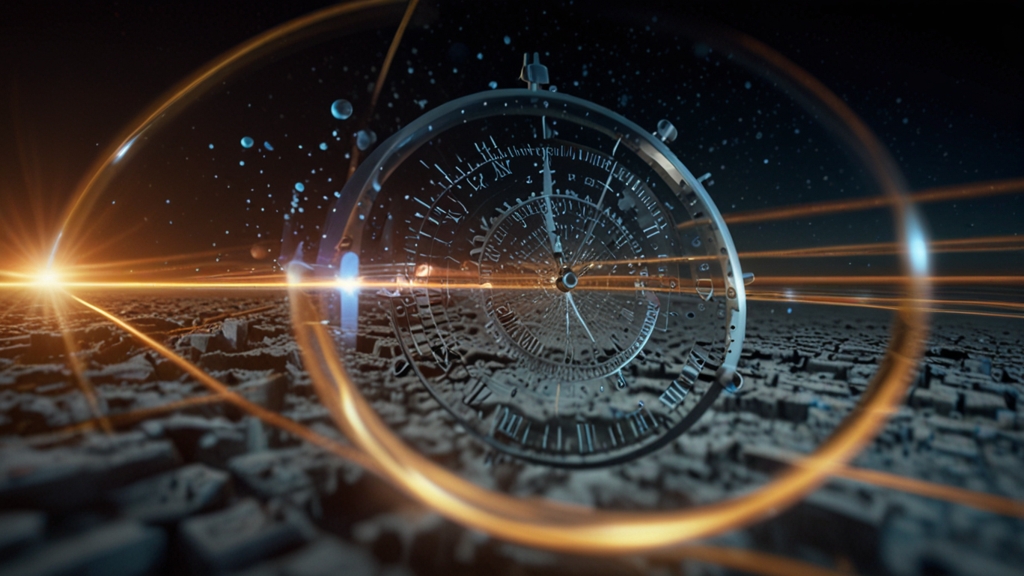Erasing History: The Physics of Time and Change
Time and change are profoundly interwoven into the fabric of our universe, shaping everything from the grandest cosmic structures to the minutest quantum particles. While history documents these changes, physics seeks to understand their underlying principles. This article explores the intricate nexus between time, physical changes, and the concept of erasing history, highlighting the thought-provoking interplay between these dimensions.
The Arrow of Time
Physicists often speak about the "arrow of time," a term introduced by Arthur Eddington in the 1920s to describe the one-directional flow of time from the past to the future. This notion is closely tied to the second law of thermodynamics, which states that the total entropy of an isolated system can never decrease over time. Entropy, a measure of disorder, provides a thermodynamic basis for the directionality of time.
The arrow of time is evident in our everyday experiences: broken eggs cannot unbreak, and milk mixed into coffee never unmixes. In this sense, time preserves history by ensuring that certain actions are irreversible.
Time Reversal Symmetry
Despite the evident directionality of time at macroscopic scales, the fundamental laws of physics, particularly those governing subatomic particles, are often time-reversal symmetric. This means that they are theoretically invariant if time were reversed. Electromagnetic interactions, nuclear forces, and even gravity work the same way forwards and backwards in time.
This time-reversal symmetry suggests a universe where the future and past are not as rigidly defined as our macroscopic experiences suggest. Yet, the universe we observe does seem to have a definitive temporal asymmetry, a phenomenon still not fully understood in theoretical physics.
“Time is an illusion. Lunchtime doubly so.” — Douglas Adams
The Concept of Erasing History
To speak of "erasing history" in a physical context often touches upon speculative theories and cutting-edge research. One area this comes to the fore is in discussions about black holes and the information paradox. According to general relativity, a black hole erases all the information about the matter that falls into it, preserving only the mass, charge, and angular momentum.
However, quantum mechanics insists that information cannot be destroyed, leading to a paradox. Recent theories, such as the holographic principle, suggest that this information is not truly erased but rather encoded on the event horizon of the black hole. Such ideas revolutionize our understanding of time and information preservation.
Quantum Erasers
The quantum eraser experiment provides another fascinating avenue to explore erasing history. In these experiments, choices made in the present can seemingly influence events in the past, challenging our conventional notions of causality and the irreversible nature of time.
The delayed-choice quantum eraser experiment, for instance, demonstrates how a particle's behavior hinges on measurements that appear to retroactively determine its past state. These experiments delve into the heart of quantum mechanics, where the fluidity of time becomes palpable, and the concept of "erasing history" gains experimental traction.
“The distinction between the past, present, and future is only a stubbornly persistent illusion.” — Albert Einstein
Conclusion
Though our daily lives are grounded in a unidirectional flow of time, the realms of theoretical physics propose a much more nuanced picture. The arrow of time at macroscopic scales gives way to time-reversal symmetry at fundamental levels, and ideas like the holographic principle and quantum eraser experiments challenge our understanding of time and causality.
While history as we know it can never be truly erased, the physics of time and change open up new possibilities and raise profound questions about the nature of reality. As our grasp of these concepts deepens, so too will our appreciation for the complex tapestry woven by time and change.







